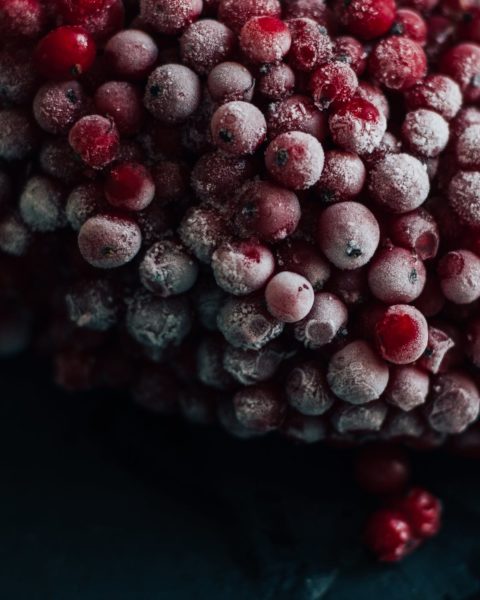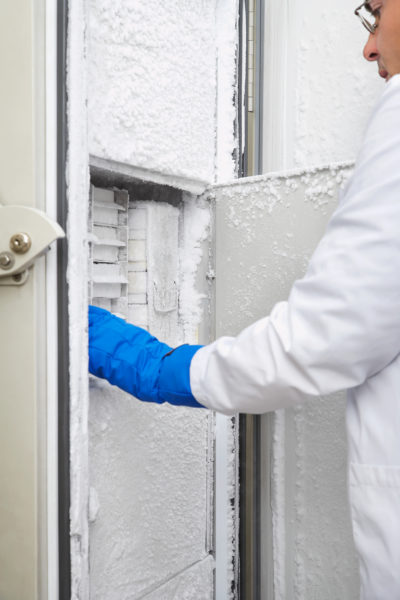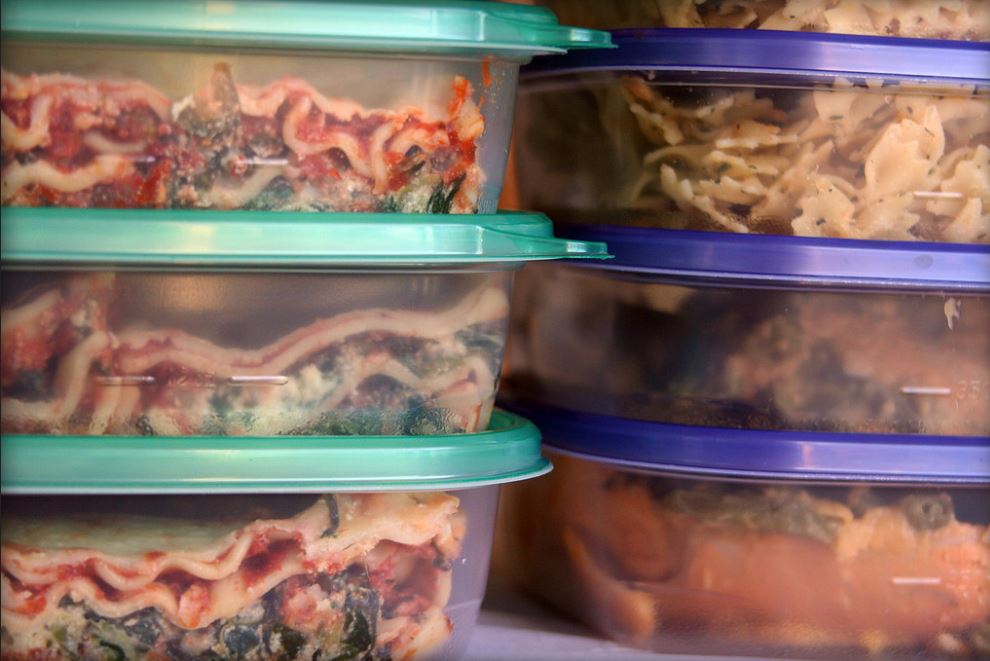Freezer burn affects almost everyone – just about all consumers have a cut of meat or bag of veggies that gets lost at the bottom of the freezer. Some people will take out a steak or bag of sausages, see some discolouration, and think it’s ruined. That’s not always the case!
Freezer-Burnt Food Is Safe To Consume – But It Will Have A Bad Taste
 Before we explain more about what causes freezer burn, it’s important to note that food affected by it is safe to eat. If there are any irregularities in the texture or colour of the food product, consumers shouldn’t take them to mean that the food is dangerous to health. However, those problems will make the food look, feel, and taste off.
Before we explain more about what causes freezer burn, it’s important to note that food affected by it is safe to eat. If there are any irregularities in the texture or colour of the food product, consumers shouldn’t take them to mean that the food is dangerous to health. However, those problems will make the food look, feel, and taste off.
If someone notices some freezer burn on a cut of beef, they can always cut away the affected part before or after cooking. However, if the problem is severe and affects the entire thing, the food won’t taste good, the best is to toss the food and do a better job preparing it for freezing in the future. However, there are many steps people can take to stop the freezer burn from occurring in the first place!
What Is Freezer Burn?
Freezer burn is a form of oxidation that happens when frozen foods meet the air of a freezer. It’s not a burn per se, but rather an effect of dehydration. The water in food is what freezes to preserve the product, but freezer air is not moist – it’s quite dry!
Any time you expose the ice that forms in your food to cold, dry air, a process called sublimation begins. Sublimation is the process by which ice evaporates: the frozen water turns into vapour without entering the liquid phase. The evaporated moisture is then taken away by the fan in the freezer, causing food exposed to the air to dry out quickly.
How Can Consumers Prevent Freezer Burn?
 There are many ways to prevent freezer burn because the remedy is quite simple: no air, no freezer burn. The best tactic is to wrap foods well and take out the air from the packaging before placing them in the freezer. A vacuum sealer is an excellent tool for meat and veggies destined for the freezer, but people can also use plastic bags, wrap, or sealed containers specifically designed for freezers.
There are many ways to prevent freezer burn because the remedy is quite simple: no air, no freezer burn. The best tactic is to wrap foods well and take out the air from the packaging before placing them in the freezer. A vacuum sealer is an excellent tool for meat and veggies destined for the freezer, but people can also use plastic bags, wrap, or sealed containers specifically designed for freezers.
The consumer’s freezer may be the culprit, too. If the appliance is not set at or below 0 degrees, their food will most likely experience freezer burn. After placing something in the freezer, it’s always a good idea to check and make sure that the food has frozen properly in the first place.
The science behind freezer burn is important to food preservation – sublimation is crucial in making freeze-dried foods! However, once food goes home with the customer, they have to use caution and care to enjoy the food later. Proper directions on the product label can help people avoid freezer burn, but neither producers nor consumers have to worry about eating freezer-burnt food!
